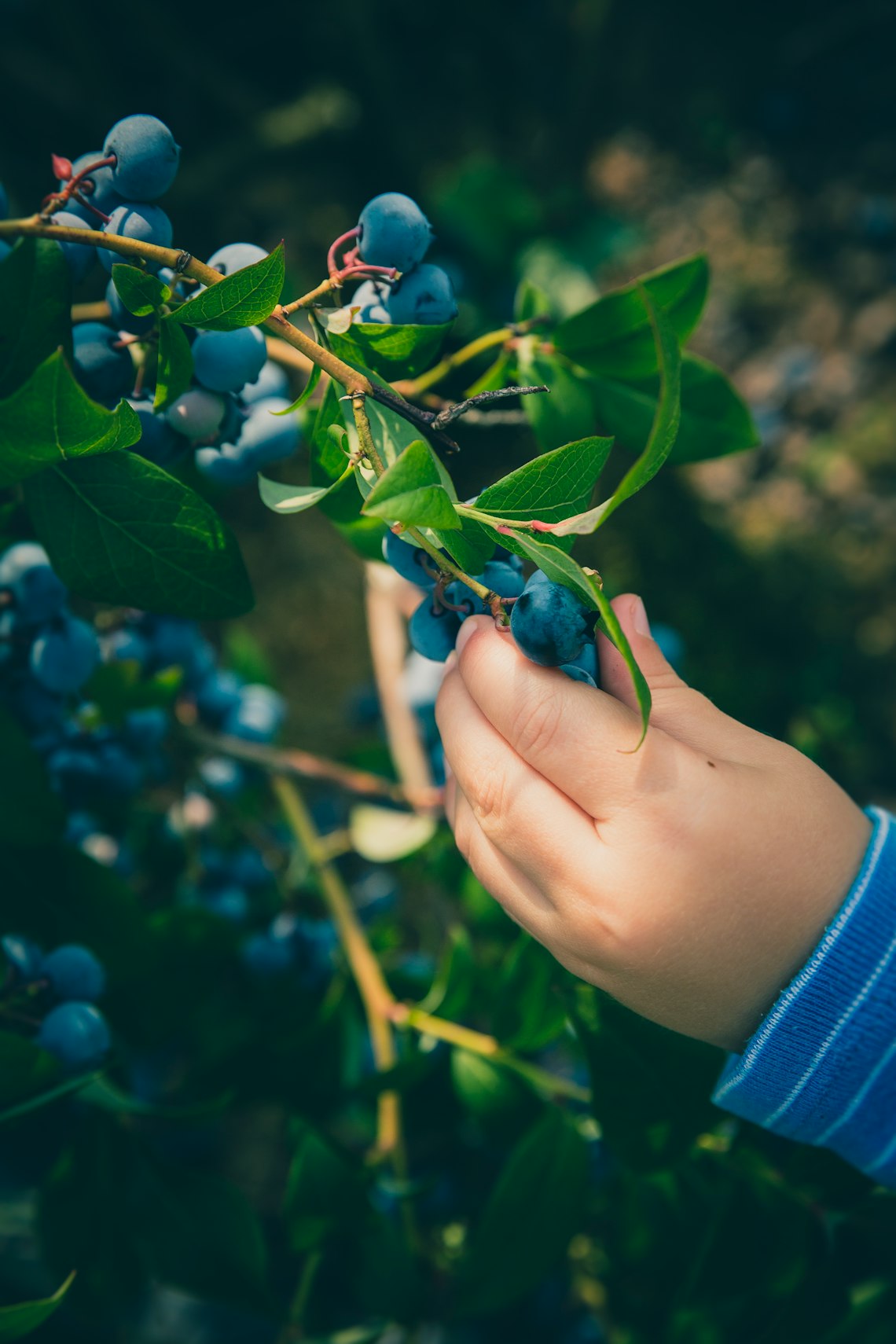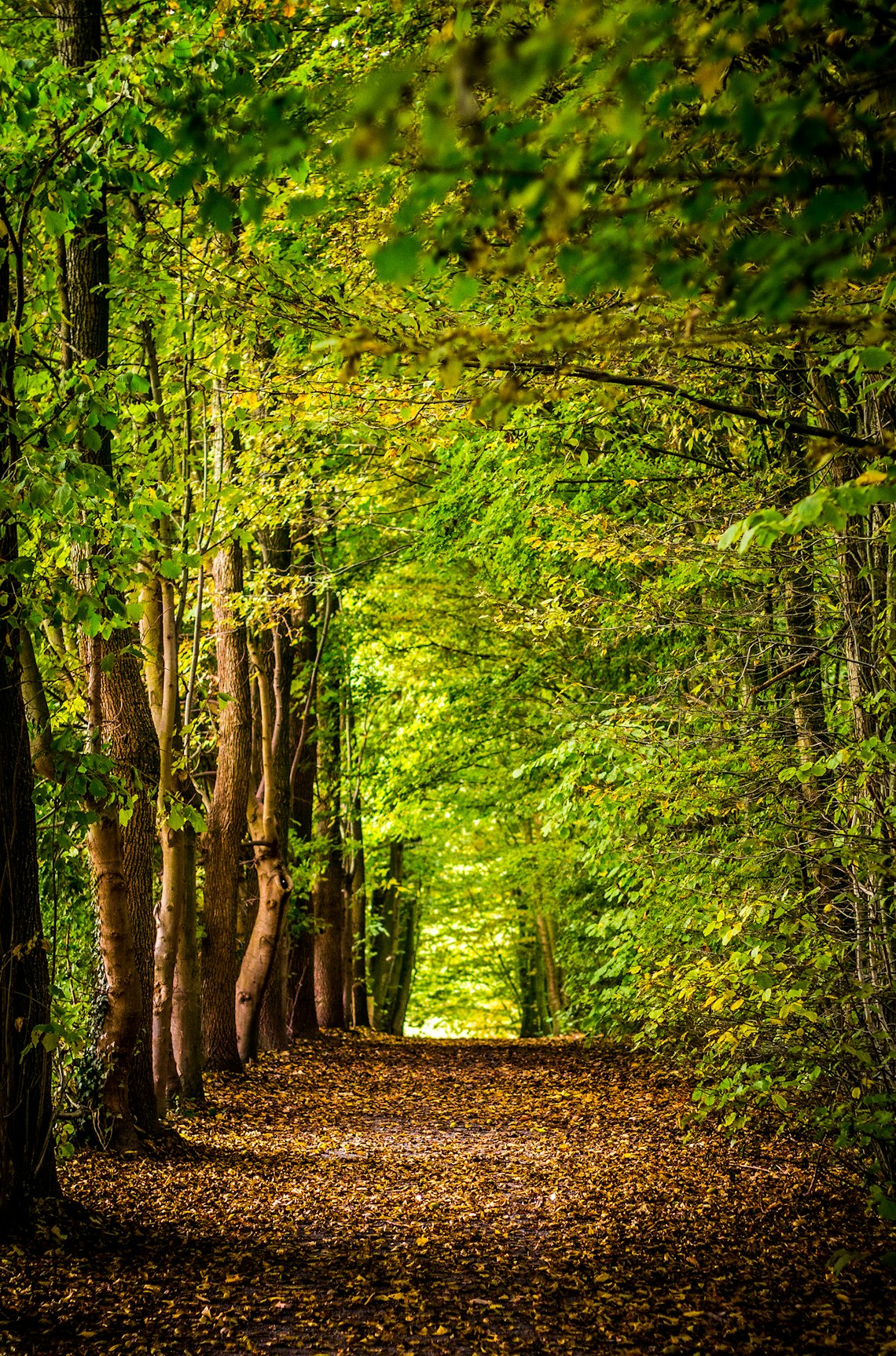The humble mulberry tree, with its vibrant leaves and versatile uses, holds a unique position in the realms of silk production and soil improvement. Through the art of sustainability, these trees contribute to agroforestry systems, enhancing ecosystems and agricultural practices.
The Vital Role of Mulberry Trees in Silk Production
Silk production is intrinsically linked to mulberry trees. The leaves of these trees are the primary food source for silkworms, which are the creators of the coveted silk fibers. These delicate creatures feed exclusively on mulberry leaves, making the quality of the leaves crucial for high-quality silk yield. By nurturing mulberry trees in optimum conditions, silk farms ensure robust silkworm growth and efficient silk production.
Mulberry trees are often cultivated in regions with conducive climates such as China and India, supporting vast silk industries. The cyclical nature of silk farming aligns sustainably with the life cycle of mulberry trees, showcasing an excellent example of sustainable farming practices.
Enhancing Soil Health and Agroforestry
Beyond silk production, mulberry trees play a significant role in soil improvement. The deep roots of mulberry trees penetrate subsoil layers, enhancing soil structure and preventing erosion. This makes them invaluable in agroforestry systems, where they foster biodiversity and support sustainable farming efforts.
When incorporated into agroforestry, mulberry trees contribute to:
- Enhanced nutrient cycling, leading to improved soil fertility
- Increased water retention, which benefits adjacent crops
- Carbon sequestration, mitigating climate change effects
Mulberry Trees in Sustainable Farming Practices
The integration of mulberry trees into sustainable farming is gaining attention as farmers and agriculturalists aim to optimize land use and promote environmental health. These trees offer shade, improve the microclimate, and provide fodder for livestock, creating a multi-functional agricultural ecosystem.
Sustainable farming with mulberry trees also complements organic farming techniques where chemical inputs are minimized, thus enhancing the ecological balance of the farming systems.
Broader Impact and Future Prospects
Mulberry trees, famed for their silk-producing capabilities and soil improvement benefits, continue to pave the way for innovative farming solutions. Their incorporation in agroforestry is a step towards achieving global sustainability goals.
For those interested in agroecology, exploring the synergistic relationship between mulberry trees and other crops could provide novel approaches to enhance agricultural productivity. Organizations focused on permaculture can delve deeper into integrating these trees for improved ecosystem services.
In conclusion, mulberry trees are more than just a resource for silk production. Their contribution to soil improvement and sustainable farming epitomizes their value in modern agriculture. As we tread towards an era of ecological mindfulness, the role of mulberry trees will undoubtedly grow, offering sustainable solutions for a greener future.




